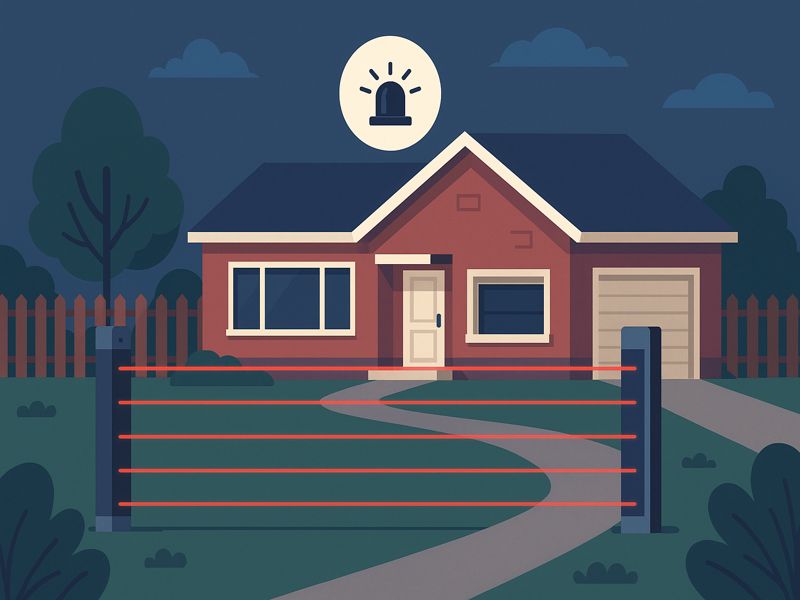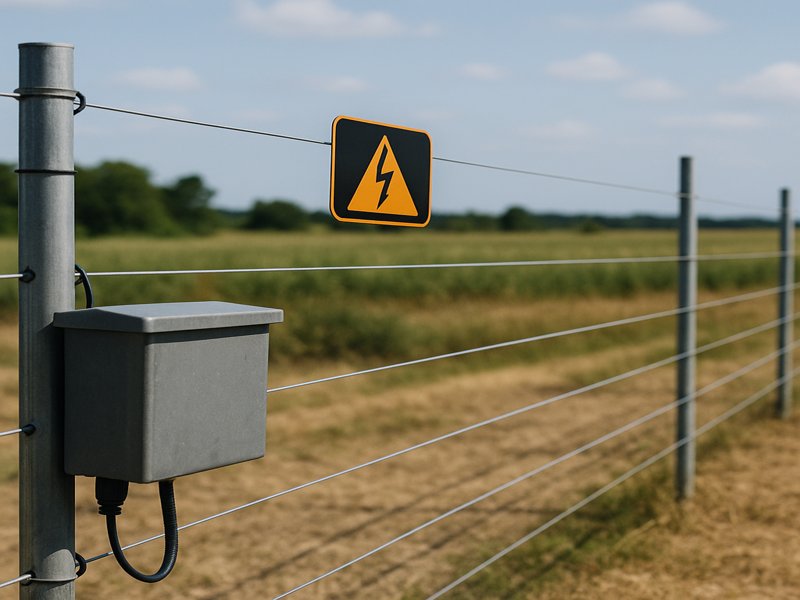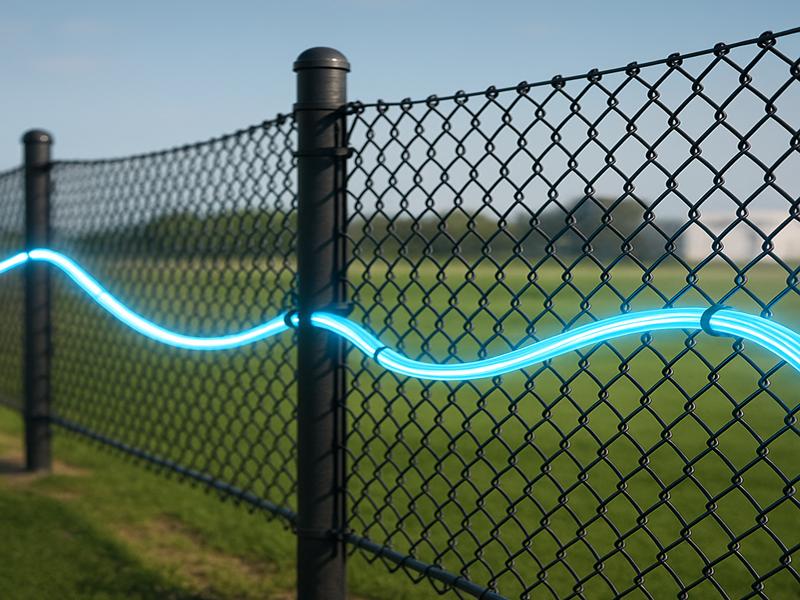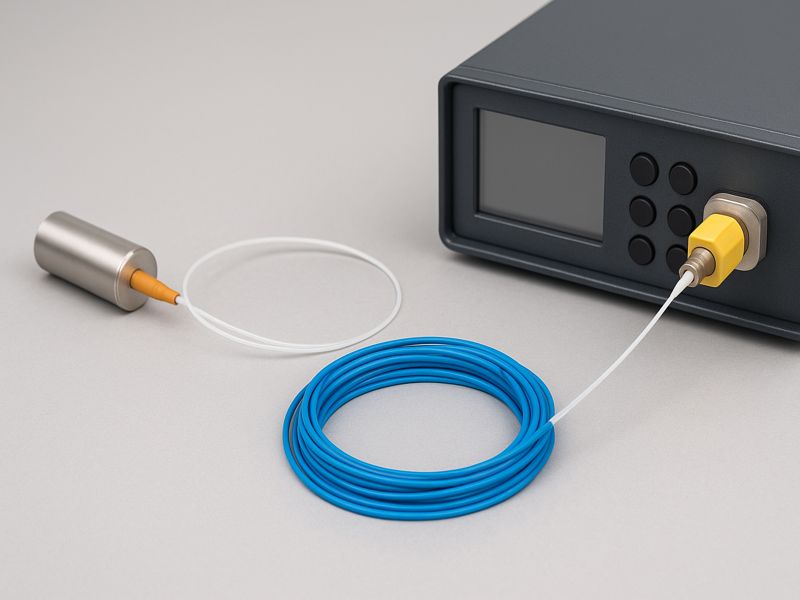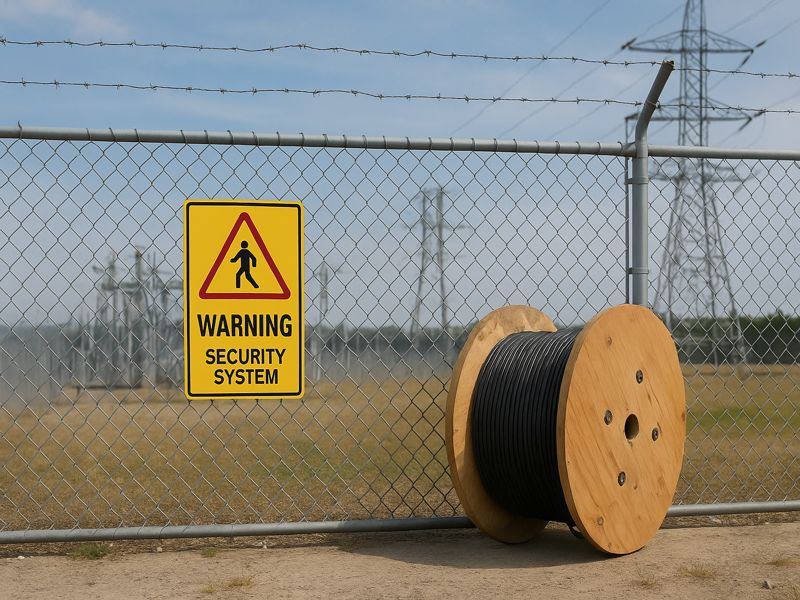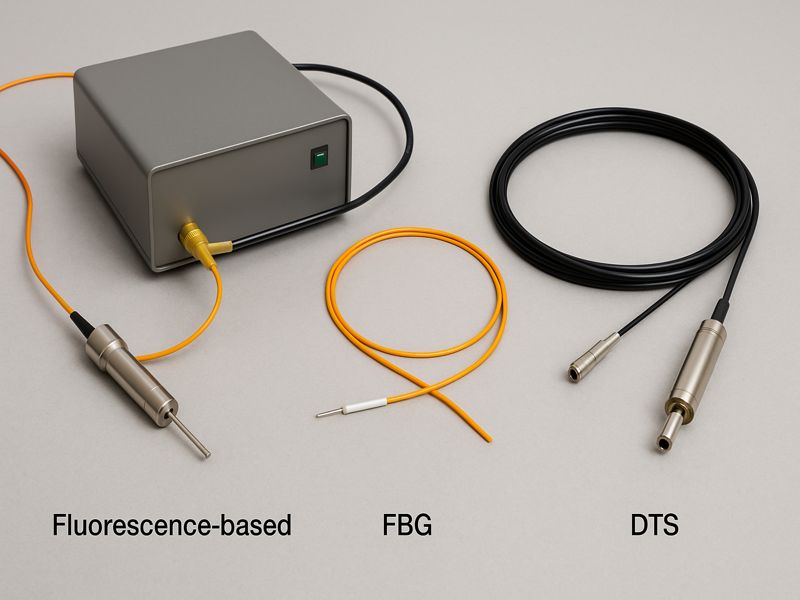As residential security advances, laser beam alarm systems offer precise, reliable, and discreet protection. This article covers how they work, their benefits, installation tips, smart home integration, and real-world uses.
Understanding Laser Beam Alarm Systems
A laser beam alarm system is a type of intrusion detection technology that uses invisible beams of laser light to detect movement or presence within a defined area. When an object, person, or animal interrupts the laser beam, the system triggers an alarm or alert.
These systems typically consist of:
- Laser transmitter units that emit an invisible beam.
- Receiver units that detect the uninterrupted beam.
- Control panels or hubs that interpret signals and activate alarms.
- Alert outputs such as sirens, lights, or mobile notifications.
Laser beams used in residential perimeter systems are often infrared (IR) and invisible to the human eye, making the setup discreet and difficult for intruders to detect.
How Laser Beam Alarm Systems Work
The working principle is simple but effective:
- The transmitter projects a narrow laser beam toward the receiver, forming a continuous optical link.
- The receiver constantly monitors the presence of this beam.
- If anything crosses the beam’s path—breaking the connection—a signal is sent to the control unit.
- Depending on the configuration, the system may trigger a local alarm, send alerts to a mobile device, activate lights, or notify a security company.
Some advanced systems also incorporate dual-beam or multi-beam setups, which reduce false alarms by requiring multiple beams to be interrupted simultaneously before triggering an alert.
Advantages of Laser Beam Alarm Systems in Residential Settings
Precise Intrusion Detection
Laser beam systems are incredibly accurate. Because the beam path is narrow and well-defined, the system can detect exactly when and where an intrusion occurs. This enables:
- Clear perimeter boundaries.
- Instant response to specific breach points.
- Reduced ambiguity compared to motion detectors or magnetic sensors.
Minimal False Alarms
False alarms are a major concern in any residential security setup. Traditional systems may trigger alerts due to animals, wind-blown branches, or shifting shadows. In contrast, laser beam systems:
- Use adjustable sensitivity levels.
- Can be set up as a dual-beam to confirm real intrusions.
- They are largely unaffected by light, sound, or minor vibrations.
This reliability reduces unnecessary panic and ensures that alarms correspond to genuine threats.
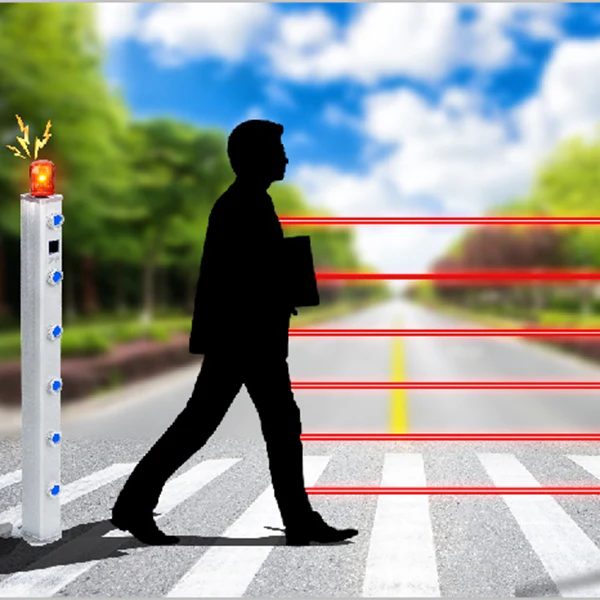
Discreet and Aesthetic Installation
Unlike bulky cameras or visible infrared sensors, laser beam systems can be installed subtly. The components are often compact and can be hidden among landscaping, pillars, fences, or garden lights. This aesthetic advantage is ideal for homeowners who want security without visual clutter.
Long-Range Coverage
Laser beams can cover long distances—ranging from a few meters up to hundreds—making them ideal for covering:
- Driveways
- Backyards
- Garden perimeters
- Property boundaries
One system can effectively secure large areas with fewer components than traditional methods, leading to lower maintenance and installation costs.
Low Power Consumption
Most laser beam systems are designed for efficiency and operate on low voltage. Many even come with solar-powered options or battery backup systems, ensuring reliable function during power outages or in off-grid installations.
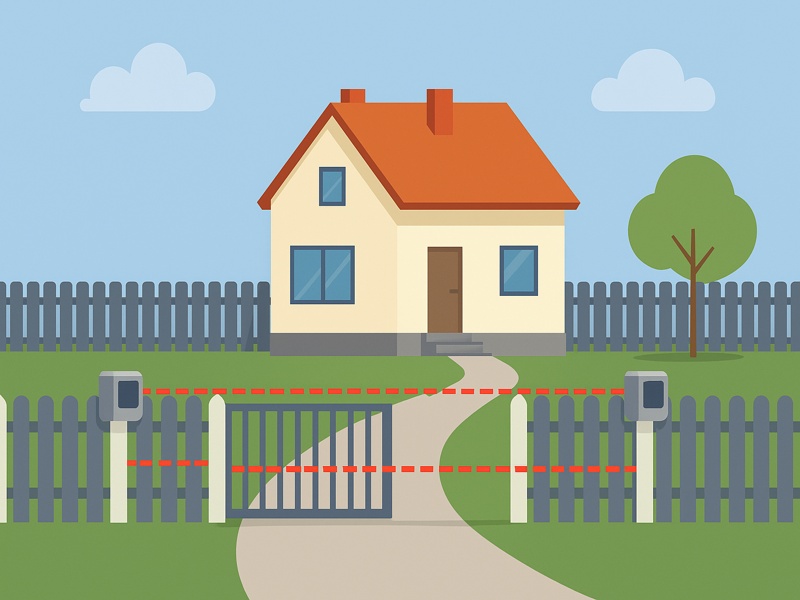
Applications in Residential Perimeter Security
Laser beam alarm systems are versatile and can be used in various parts of a residential property. Typical applications include:
Driveway and Entry Point Monitoring
Install laser beams across driveways or walkways to detect unauthorized entry by people or vehicles. When someone crosses the beam, the homeowner receives an immediate notification.
Fence Line Protection
Laser beams aimed parallel to hedges or fences can identify attempts to breach the boundary or climb. This setup provides a virtual “tripwire” that alerts homeowners before intruders reach the house.
Garage and Gate Security
Positioning sensors near garages, sheds, or side gates helps monitor less-trafficked access points that are commonly exploited by intruders.
Swimming Pool or Backyard Safety
Besides security, laser beams can also be configured to alert when children or pets enter areas like pools or tool sheds, improving safety and accident prevention.
Integration with Smart Home Systems
Modern laser beam alarm systems are compatible with smart home ecosystems. This allows homeowners to:
- Receive mobile notifications via apps.
- Integrate alarms with smart cameras and lighting.
- Automate responses, such as turning on outdoor floodlights when the beam is broken.
- Control and monitor their security system remotely.
By combining laser detection with smart cameras, users can receive not only an alert but also a visual confirmation, making decision-making faster and more accurate.
Laser Beam vs. Other Residential Security Technologies
| Feature/Technology | Laser Beam Alarm System | Motion Detector | CCTV Cameras | Infrared Sensors |
| Detection Accuracy | High | Medium | Visual only | Medium |
| False Alarm Rate | Low | High | N/A | Medium-High |
| Visibility | Hidden | Often visible | Highly visible | Visible or semi-hidden |
| Real-Time Alerts | Yes | Yes | Depends on setup | Yes |
| Coverage Area | Long range, linear | Wide, shorter | Point-specific | Wide |
| Integration | Easy with smart systems | Yes | Yes | Yes |
Considerations When Installing Laser Beam Alarm Systems
Line-of-Sight Requirement
Laser beams require a clear and uninterrupted line of sight between the transmitter and receiver. Trees, tall grass, or furniture must be placed outside the beam path to ensure proper functioning.
Environmental Factors
While laser systems are resilient, they can be affected by:
- Heavy fog
- Snow or ice buildup
- Extreme temperature swings
Choosing high-quality, weatherproof models and regular maintenance can mitigate these issues.
Height and Positioning
Proper height positioning helps avoid false triggers from small animals while ensuring human intrusions are captured. Dual-beam setups (at knee and chest height) are especially effective for this.
Power Source and Backup
Ensure a consistent power supply—either through direct wiring or solar panels with battery backup. Some systems also allow USB charging for portable configurations.
Laser beam alarm systems offer precise, low-false-alarm protection with smart home integration—ideal for homes of all sizes. They deliver fast, discreet, and reliable security in an evolving threat landscape.
